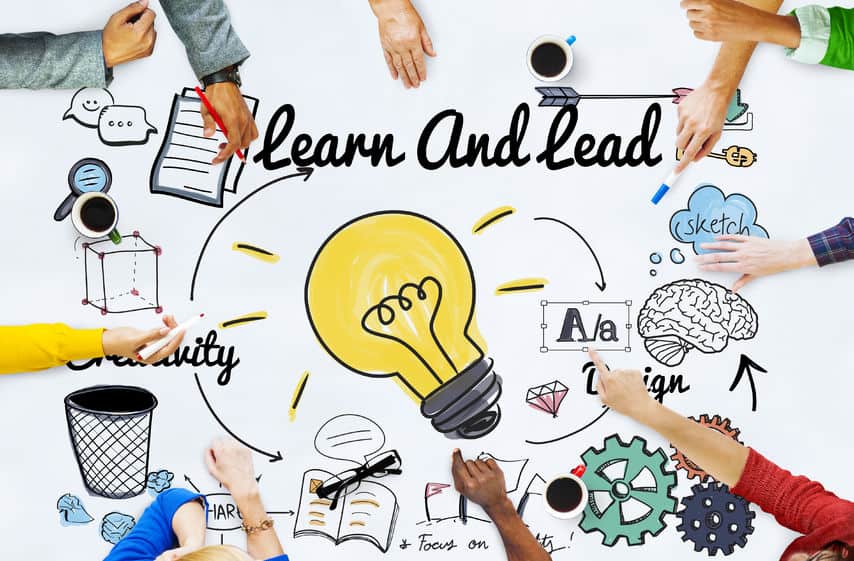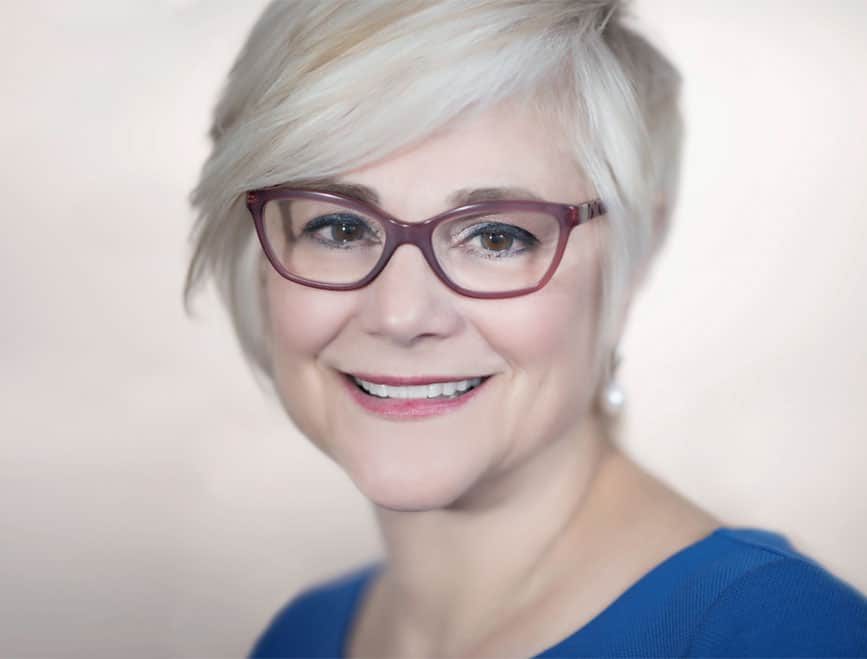
Like all maturing adults, leaders progress through sequential developmental levels. At the higher stages, they become more successful. With increased effectiveness, there’s a 38% probability of seeing higher business performance, according to one study.
The increasingly complex and chaotic marketplace poses an urgent need to grow better leaders. Leaders remain confused, however, about how to strengthen their competencies.
Rather than focusing on training, skills and knowledge, developmental-stage theory involves expanding one’s “forms of mind,” defined by leadership coach Jennifer Garvey Berger as our changing capacity to cope with complexity, multiple perspectives and abstraction.
Robert J. Anderson and William A. Adams, authors of Mastering Leadership: An Integrated Framework for Breakthrough Performance and Extraordinary Business Results (Wiley, 2015), applied developmental-stage theory to create the Leadership Circle Profile, a 360°assessment tool that measures leaders’ developmental stages.
Similarly, William B. Joiner and Stephen A. Josephs use developmental-stages as the foundation for Leadership Agility 360°, their 360° assessment tool, in Leadership Agility: Five Levels of Mastery for Anticipating and Initiating Change (Jossey-Bass 2007).
By identifying stages of progressive development, we can use behavioral action plans and coaching to expand a leader’s forms of mind and modify behavior.
Foundations of Developmental Theory
Developmental theories have been around for decades, based on 50 years of psychological research into how adults mature. The basics are summarized here:
- Just as children improve their cognitive capacities with age, so do adults.
- Adults, however, develop according to needs and opportunities, not because of age.
- Some adults can function only at lower levels of development. A small percentage attains higher levels of awareness, wisdom and compassion.
- As leaders progress through developmental levels, they expand their mental and emotional capacities and become increasingly skilled at handling complexity.
- Each stage describes a form of mind: a way of thinking about responsibility, conflicts, perspective and assumptions (about self, others and the world).
- Leaders may operate partially at one stage and occasionally at the next, but return to old habits before transitioning.
- Transitioning requires changing one’s previous assumptions to expand consciousness.
5 Levels of Leadership
The following table explains how four leadership experts define levels of leadership behaviors and mindsets. Unfortunately, there is no uniform agreement on vocabulary, which has created a confusing array of names and definitions.
(Please note: The rows of stages aren’t equal; that is, while there may be some similarities, the stages are not defined as equivalent to others across the rows.)
Using a broad brush, we can summarize the various stages of leadership development as follows:
- Level 1: Leaders who operate at the first stage of development are focused on their own need to excel, which explains why it’s referred to as an Egocentric, Opportunist or Expert stage. These leaders are acutely aware of what they need to do to succeed and how they must be perceived by others. Leadership at Level 1 therefore tends to be autocratic and controlling. Growth requires one to become aware of, and interested in, other people’s needs and to reach out co-relationally. This is a normal developmental stage for young adults, but ineffective for leaders (although 5% appear to operate at this stage).
- Level 2: Leaders’ abilities to simultaneously respond to their personal needs and those of others is the hallmark of Stage 2, referred to as the Socialized or Reactive mindset by some, and the Diplomat or Achiever stage by others. At this stage, a leader plays by the organization’s rules and expectations and builds alliances, but with a focus on how to best get ahead. One’s emphasis is on the outer game to gain meaning, self-worth and security. At this stage, identity is defined from the outside-in and requires external validation in one of three ways: relationship strength, intellect or results. Leaders fall into three categories at Level 2: Complying, Protecting or Controlling (reflecting overdependence on heart, head or will). Most leaders (nearly 75%, as with most adults) operate at this level.
- Level 3: Referred to as the Creative, Self-Authoring, Individualist or Catalyst stage, Level 3 is marked by personal transformation from old assumptions/beliefs and a quest for external validation to a more authentic version of the self. These leaders want to know who they truly are and what they care most about. They’re on a path to becoming visionary leaders, accepting that authenticity carries a risk of disappointing others, potential failures and hazards associated with contradicting accepted norms. Leaders trade their need to be admired for a higher purpose. They don’t feel the need to be the hero and begin to share power. About 20% of leaders operate with a Level 3 mindset.
- Level 4: Called the Integral, Transforming Self, Strategist and Co-Creator stage, Level 4’s hallmark is one’s ability to focus not only on an organizational vision, but the welfare of the larger system in which a company operates. Servant leadership emerges, as one considers more interdependent components and systemic complexities.
- Level 5: Level 5 is referred to as Unitive, Alchemist and Synergist. Other stages of development may be unexplored, as very few leaders grow past the fourth level. To some theorists, Level 5 encompasses a spiritual focus.
As leaders progress from one level to the next, they expand your strengths and abilities. Leaders can grow into the next developmental stage, recognizing there will be a learning curve and inherent challenges.
Leadership development programs must take developmental stages into account if organizations are to grow better leaders.

